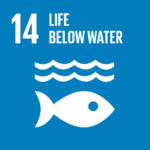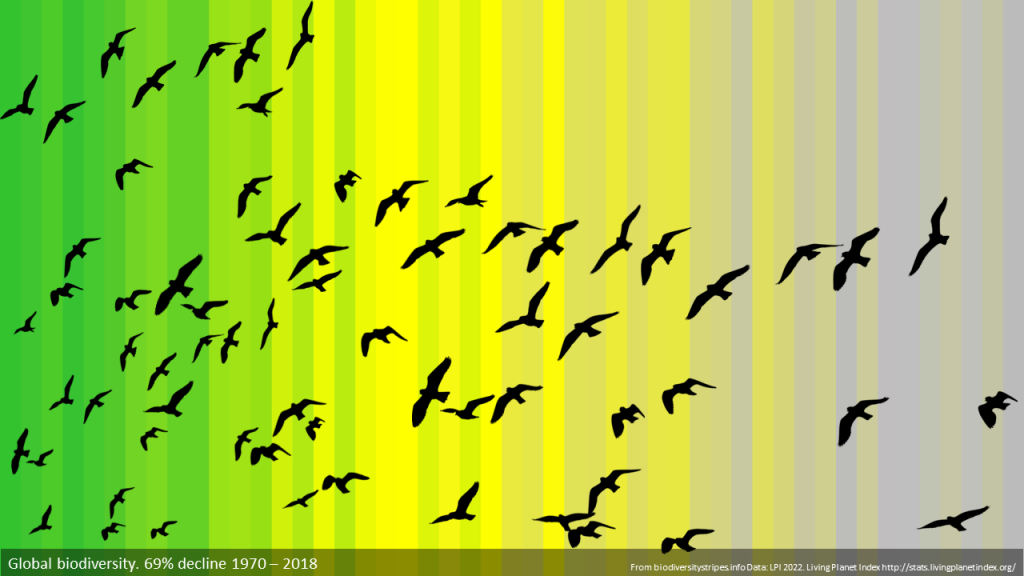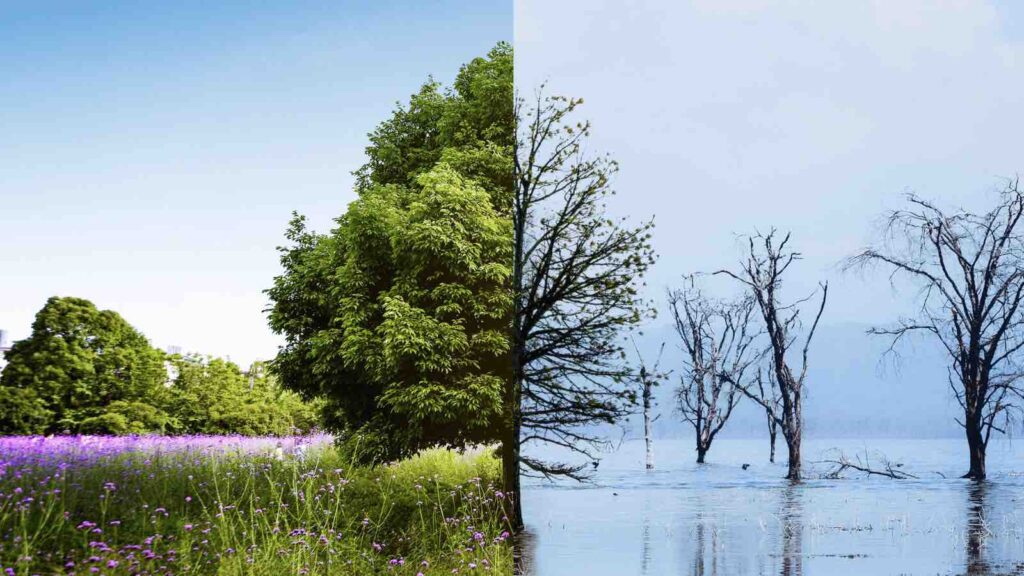A tale of two stripes: decoding the colors of climate change and biodiversity loss.
At first glance, the image may resemble a piece of abstract art—strips of shifting colors, each with its own story. Yet, these vibrant stripes represent a sobering reality that affects us all. They embody the profound impact of climate change and the staggering loss of biodiversity. For years, I have chosen the climate stripe as the banner image for this blog, driven by my deep concern for our planet. Let’s delve into the tale behind these two stripes and interpret the powerful messages they convey.
RELEVANT SUSTAINABLE GOALS



The Climate Stripe
The climate stripe is the creation of Ed Hawkins, a renowned climate scientist from the University of Reading, UK. Through a transitional color palette, the vertical strips portray the story of global temperature change from 1850 to 2022. Cool blues signify a past of relatively stable, cooler global temperatures. However, the transition into intense reds represents the alarming escalation of global warming in recent decades, predominantly caused by human-generated carbon emissions. This visual narrative urges us to confront the urgent need for climate action.
The Biodiversity Stripe
Similarly, the second image, crafted by biodiversitystripes.info using the Living Planet Index 2022, presents a striking strip of colors that narrates the tale of our planet’s biodiversity. The vibrant greens at the beginning symbolize a world once teeming with diverse life forms. However, as the strip progresses, the greens fade into yellows and eventually greys, each color shift signifying the steady and deeply concerning decline in biodiversity. This image serves as a poignant reminder of the urgent need to address biodiversity loss and protect our planet’s precious ecosystems.


While these images may evoke a sense of urgency, their purpose is not to foster helplessness. Instead, they are a powerful call to action, reminding us that we all have a role to play in confronting these environmental crises. By making conscious choices in our daily lives, such as reducing our carbon footprint and embracing sustainable practices, we can contribute to the solution. However, personal changes alone are insufficient. We must also demand accountability from governments and corporations, advocating for comprehensive and impactful changes. It is essential to make our voices heard, support environmentally conscious policies and businesses, and vote with our wallets to prioritize our planet’s well-being.
Shaping The Future
Though we may not be able to reverse the trends entirely, we possess the power to prevent further shifts towards alarming reds or gloomy greys. The future of our planet lies not solely in these strips of color but in the collective actions we take today. Are you prepared to make a difference? Let us come together to safeguard our planet’s climate and biodiversity, forging a sustainable and resilient future for generations to come.




